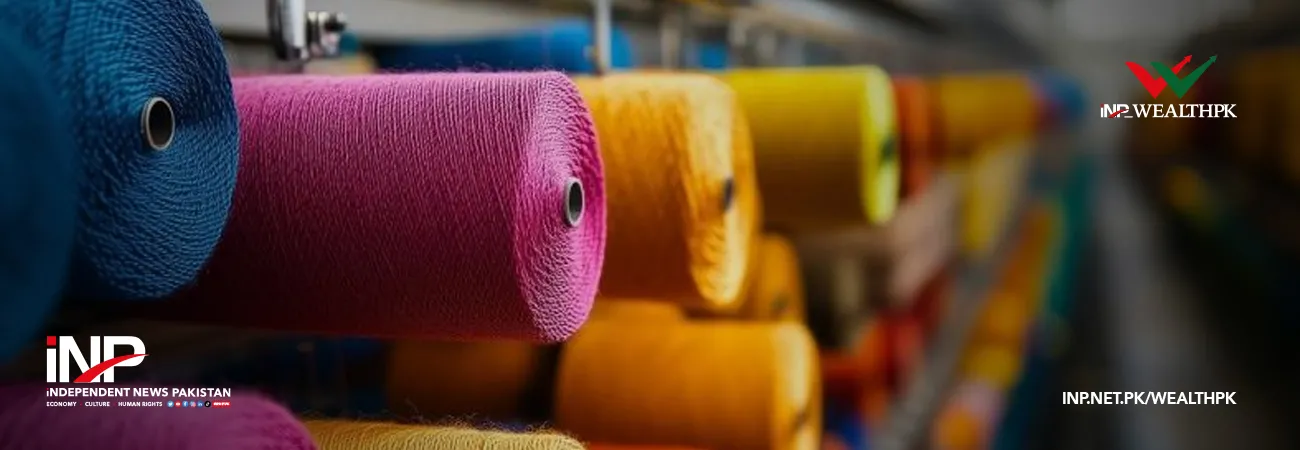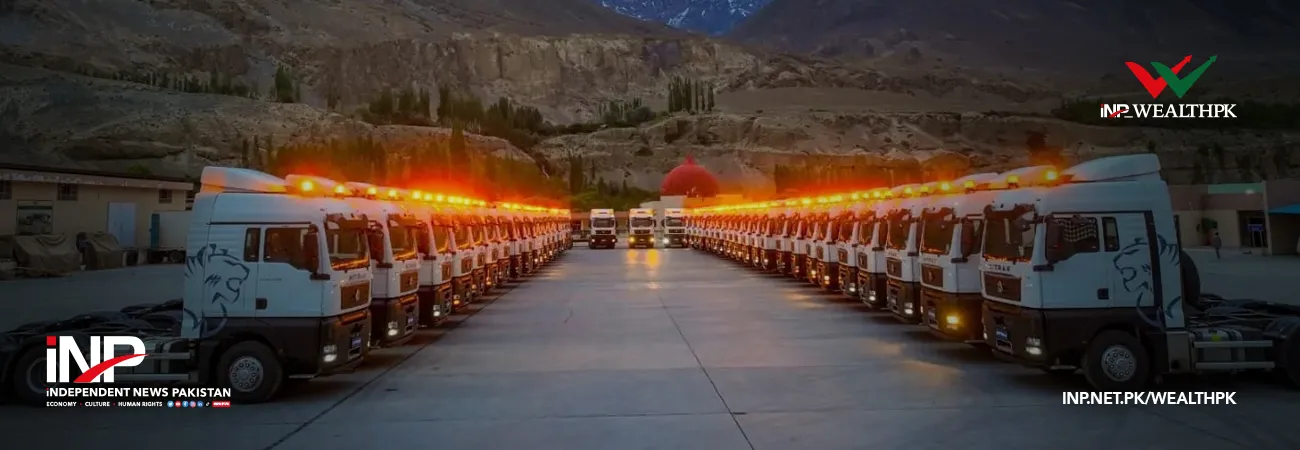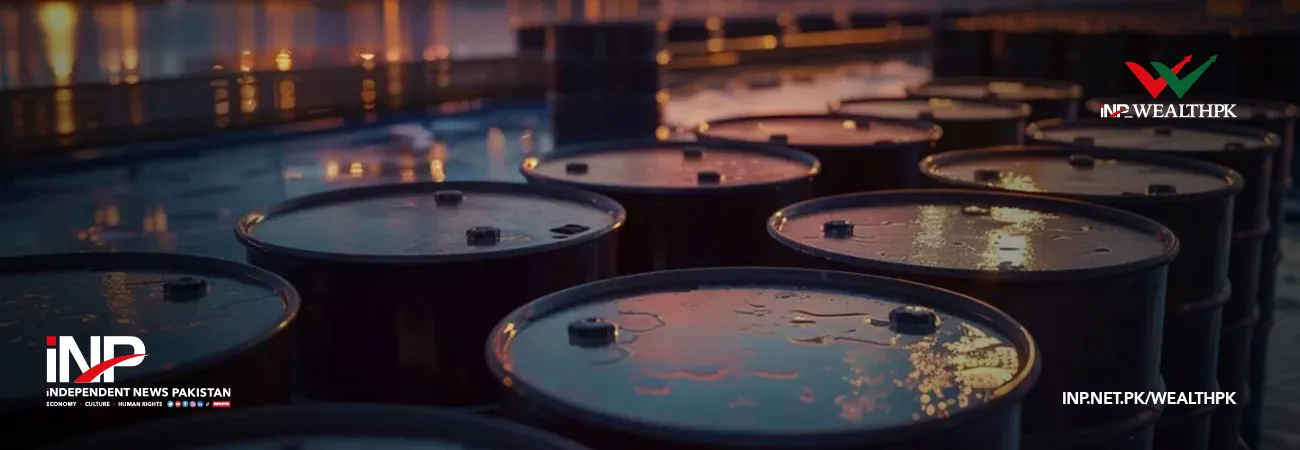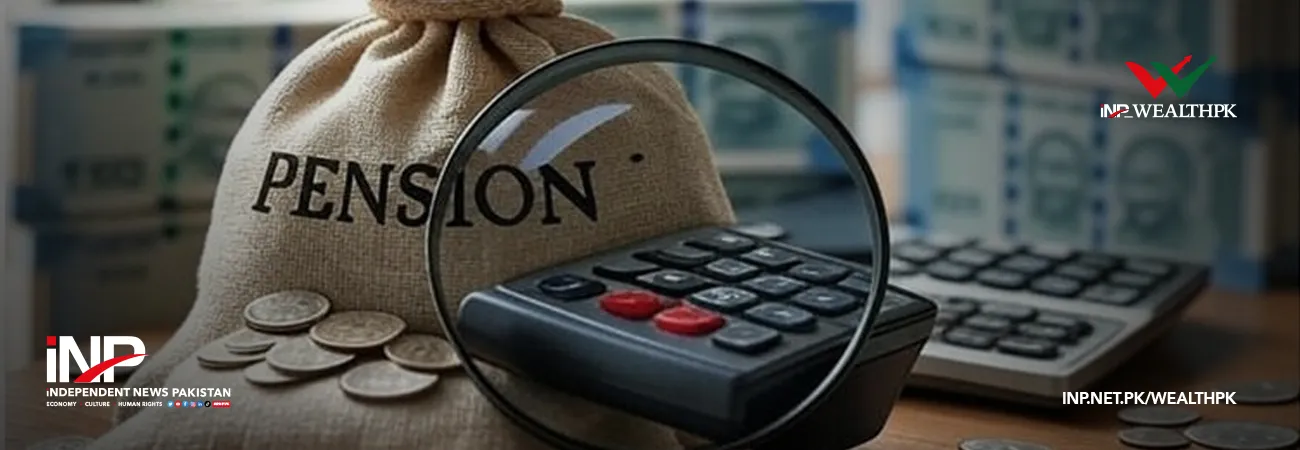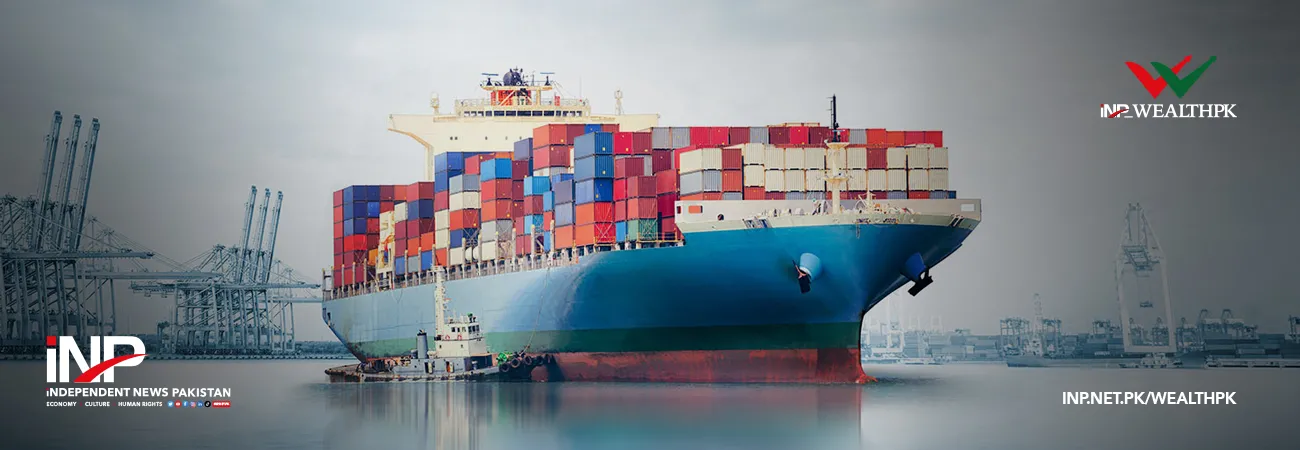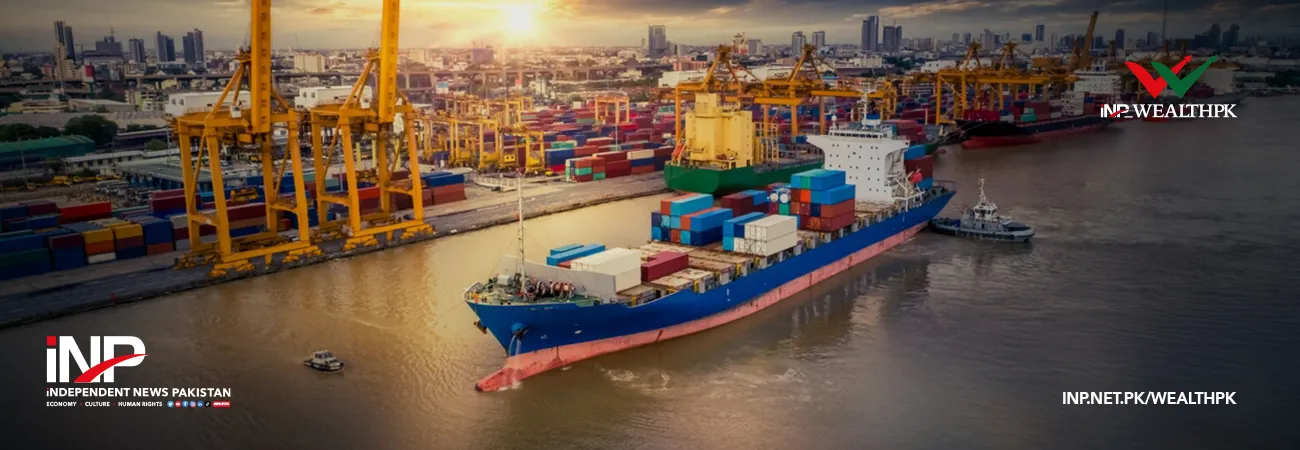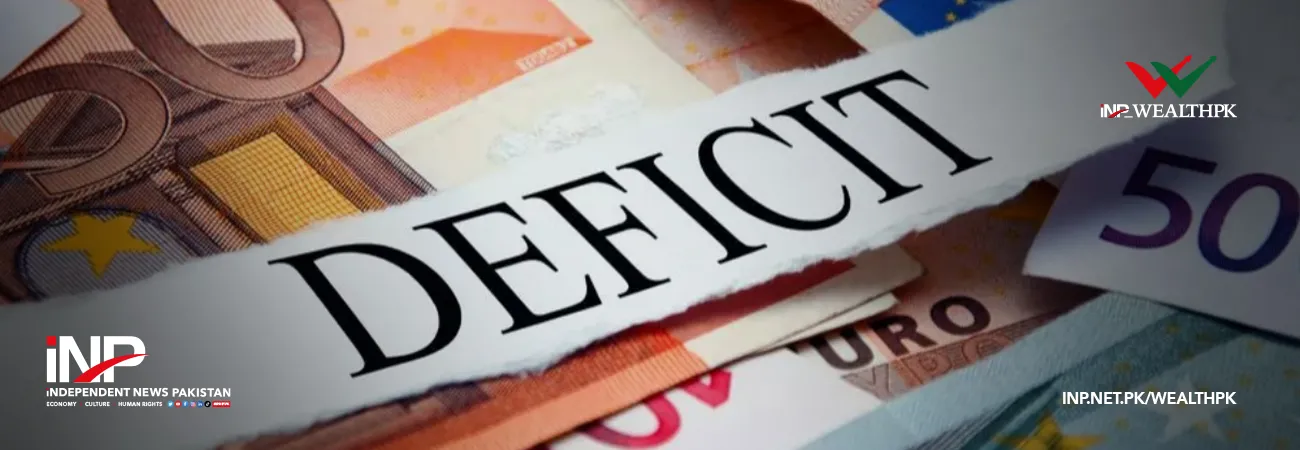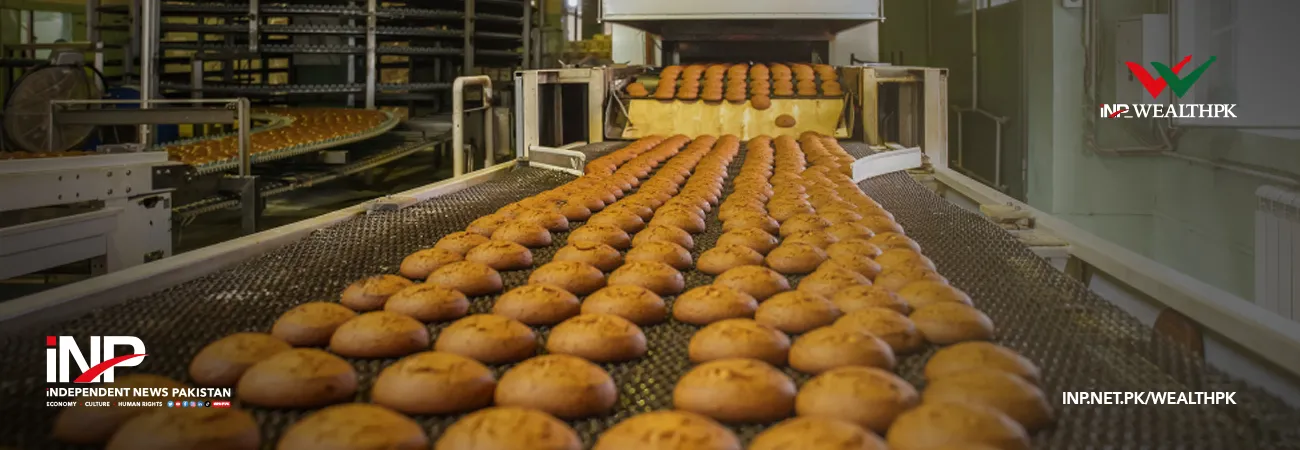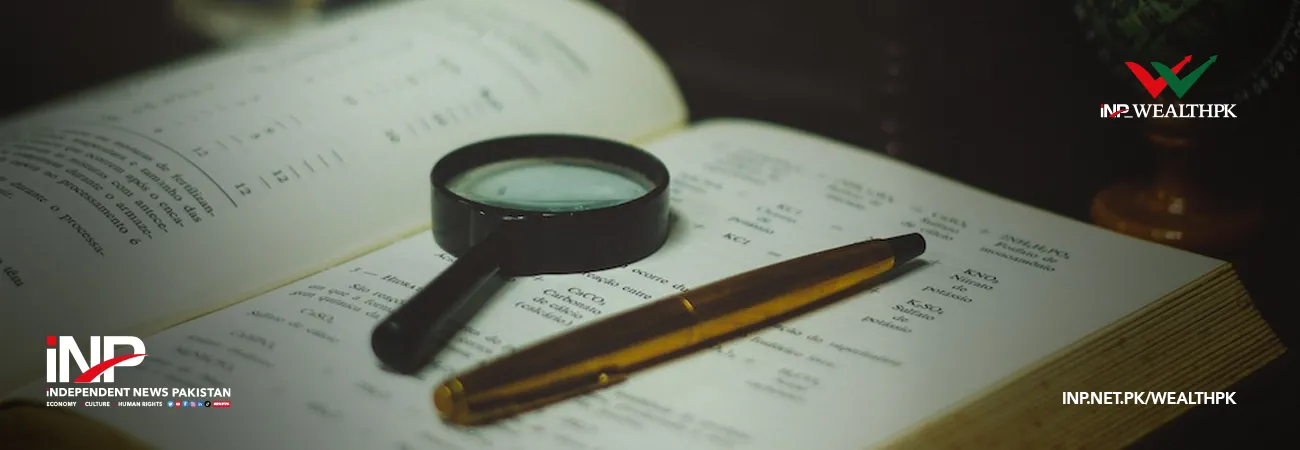INP-WealthPk
Moaaz Manzoor
Pakistan’s textile industry continued to face persistent headwinds in October, with exports falling for the third consecutive month, signaling what the Pakistan Textile Exporters Association (PTEA) describes as a critical period for one of the country’s most vital sectors, reports Wealth Pakistan. According to the Monthly Trade Report for October-2025, textile exports declined 0.57% to $1.616 billion from $1.625 billion in October 2024.
Despite this annual drop, the sector recorded a 2.78% recovery from September to October, showing only a slight month-on-month improvement. The October downturn, PTEA noted, extends a volatile pattern that has persisted despite the sector’s sharp rebound of over 30% in July. This contrast highlights unstable global demand and ongoing domestic challenges, which continue to weigh on overall performance.
Detailed export data for October revealed mixed outcomes across categories. Cotton yarn showed a 3.34% increase in quantity, though its value slipped 4.57%. Cotton cloth exports dropped 7.86% in value, while knitwear grew 20.76% in quantity but declined 2.02% in value. Bedwear exports rose 5.93% in value, whereas towel exports fell 5.01% in value. Readymade garments posted a modest 2.45% increase in value.
Overall, Pakistan’s total exports for October across all groups stood at $2.848 billion, a 4.48% decline compared with $2.982 billion in the same month last year. During the July-October period of FY26, textile exports slightly increased by 3.99% to $6.391 billion from $6.146 billion a year earlier. Growth was seen in knitwear at 8.23%, bedwear at 6.94%, readymade garments at 5.11%, and made-up articles at 4.17%.
However, several key segments declined, including towels by 0.29%, cotton cloth by 12.75%, and art, silk and synthetic textiles by 0.98%. PTEA said the high cost of doing business remains a major obstacle to export competitiveness, especially compared with regional rivals. The report also highlighted three areas of critical challenge.
Energy costs remain a major burden, with PTEA urging energy tariff rationalisation, a new electricity package, gas levy reform, and recognition of Combined Heat and Power (CHP) as essential to production, along with an end to cross-subsidies charged to industry. Liquidity constraints persist as exporters await the release of pending refunds, including sales tax, income tax, duty drawback, and Duty Drawback of Taxes (DDT).
PTEA stressed that exporters’ income tax rates must be aligned with domestic businesses to ease cashflow pressures. The association further warned that Pakistan’s growing trade imbalance poses significant economic risks. With substantial global opportunities available, PTEA urged policymakers to act swiftly, restore investor confidence, and initiate meaningful introspection.
Failure to address structural challenges — particularly high costs, funding shortages, and competitive pressures — could push the textile sector into deeper contraction at a time when the economy cannot afford additional strain.
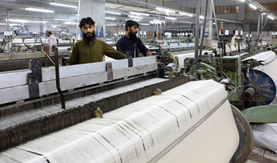
Credit: INP-WealthPk





